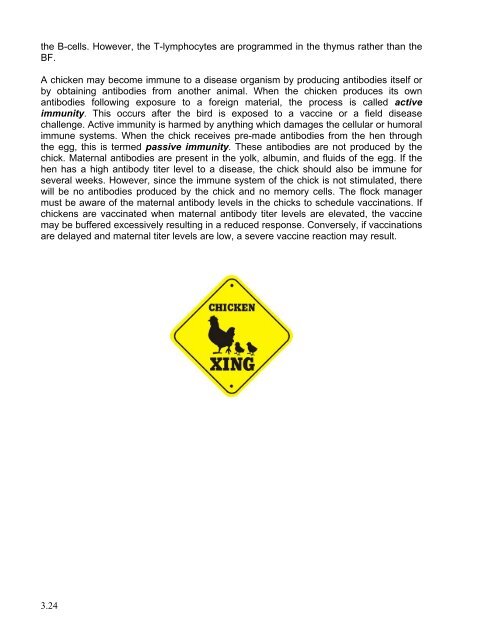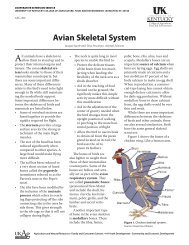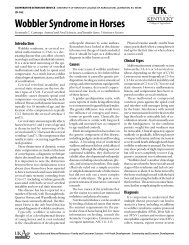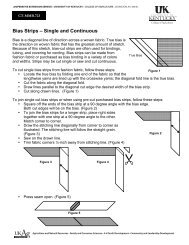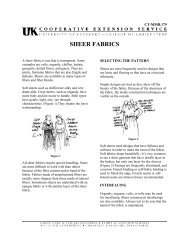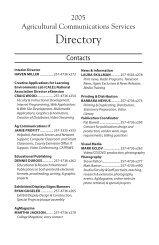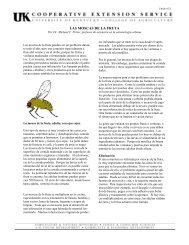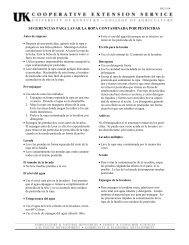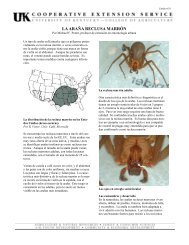Chapter 3 - CHICKEN ANATOMY AND PHYSIOLOGY
Chapter 3 - CHICKEN ANATOMY AND PHYSIOLOGY
Chapter 3 - CHICKEN ANATOMY AND PHYSIOLOGY
Create successful ePaper yourself
Turn your PDF publications into a flip-book with our unique Google optimized e-Paper software.
the B-cells. However, the T-lymphocytes are programmed in the thymus rather than the<br />
BF.<br />
A chicken may become immune to a disease organism by producing antibodies itself or<br />
by obtaining antibodies from another animal. When the chicken produces its own<br />
antibodies following exposure to a foreign material, the process is called active<br />
immunity. This occurs after the bird is exposed to a vaccine or a field disease<br />
challenge. Active immunity is harmed by anything which damages the cellular or humoral<br />
immune systems. When the chick receives pre-made antibodies from the hen through<br />
the egg, this is termed passive immunity. These antibodies are not produced by the<br />
chick. Maternal antibodies are present in the yolk, albumin, and fluids of the egg. If the<br />
hen has a high antibody titer level to a disease, the chick should also be immune for<br />
several weeks. However, since the immune system of the chick is not stimulated, there<br />
will be no antibodies produced by the chick and no memory cells. The flock manager<br />
must be aware of the maternal antibody levels in the chicks to schedule vaccinations. If<br />
chickens are vaccinated when maternal antibody titer levels are elevated, the vaccine<br />
may be buffered excessively resulting in a reduced response. Conversely, if vaccinations<br />
are delayed and maternal titer levels are low, a severe vaccine reaction may result.<br />
3.24


